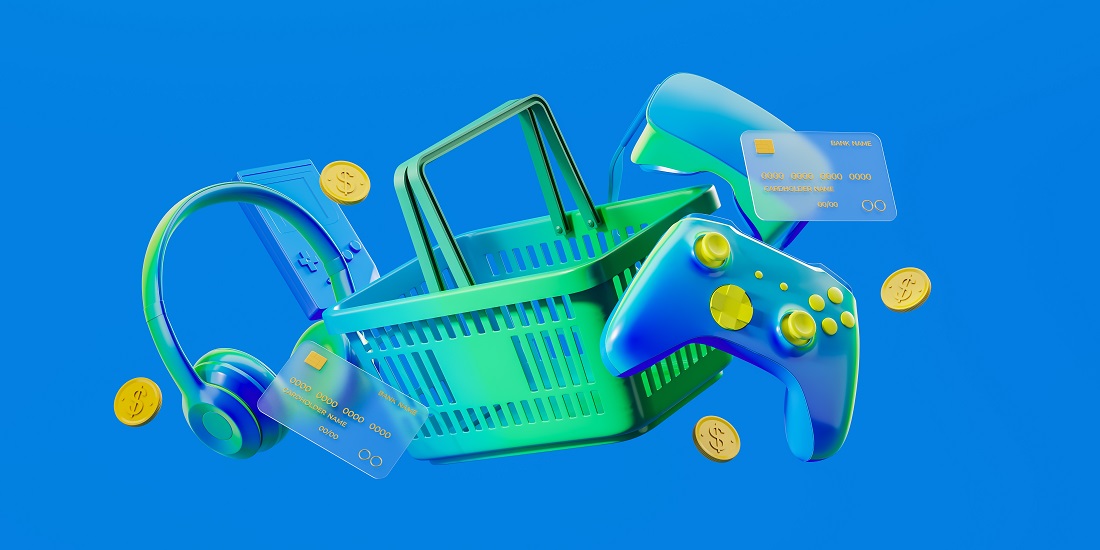Ever slayed a dragon and rescued a princess? Well, chances are that the person seated beside you may have done just that! It is estimated that more than 3 billion people play video games globally.
But how, or more importantly, why? Gaming has quickly become a popular pastime for millions in every country, where different trends, factors, and game marketing plans have helped achieve this singular goal.
Yes, today there’s no shortage of new industry trends for video game enthusiasts with NFT game development company, the introduction of the Metaverse and XR capabilities, but to answer the ‘Why’ and ‘Hows,’ it’s important to understand the different branches which propelled the overwhelming popularity of video games.
Key factors of the video game industry
Innovation:
Many games over the years have pushed the envelope in introducing new mechanics and incorporating technologies to define what’s allowed in gaming.
However, Super Mario Bros. set the standard for innovation with its release in 1985, making side-scrolling platform games an industry standard for game marketing and level designs.
Culture:
The impact of video games on popular culture is one that can’t be ignored. The storytelling in video games has improved a lot, with some popular titles even seeing movie or TV adaptations.
The Resident Evil franchise and The Witcher are cult classics amongst gamers for precisely these reasons.
Multiplayer:
Multiplayer revolutionized social interactions and experiences centered around video games and spawned new game monetization strategies for developers and competitive systems for players where they can play to win awards and prizes.
Online games like World of Warcraft catapulted multiplayer gaming to a point where today, games like Dota and Counter-Strike see tournaments with $ millions in awards.
Technological Advancements:
The implementation of better hardware, processing chips, and audio capabilities has always been a major driving force for video games. Titles like Doom in 1993 and Half-Life in 1998 were transformative in showcasing the immersive potential of video gaming with their FPS experiences.
And today, virtual projects and top augmented reality games such as the widely popular ‘Pokémon GO’ push the medium forward.
Gaming Consoles:
Consoles, to the video game industry, is akin to the discovery of fire or the wheel to mankind. Devices like the PlayStation and Xbox made video games popular and accessible by a massive margin, as they provided a convenient and user-friendly way to enjoy games from one’s home.
In fact, it’s one of the best game marketing examples of a convenient device as a medium for gamers to just plug and play instead of dealing with a complex PC or laptop.
Together, these factors, along with some help from industry and game marketing trends, have made the gaming industry the beast it stands as today.
It is singularly more impressive than other sectors of the entertainment industry, such as music or cinema, as it effortlessly attracts hundreds of millions of gamers every year.
And just like most popular mediums, video games also see a variety of game marketing campaigns that help developers and game development companies succeed in this highly competitive world.
Game Marketing Tactics and Campaigns
The success of any title in the video game industry largely boils down to the quality of the game, that is, the gameplay and optimizations, future support, etc.
However, game marketing strategies and tactics for their campaigns play a major role in promoting a game to its intended audiences. Whether as a mobile game development company or strictly sticking to consoles, the strategy can consist of various activities, including PR work, ad campaigns, engaging with others over social media, influencers, communities, and more. If effective, it can drive up the hype for a game tenfold.
It can build enormous amounts of anticipation amongst eager gamers and keep sales high for as long as the title stays on the shelves. Let’s take a look at some popular titles and the game marketing ideas used by their developers:
“Fortnite” by Epic Games.
Fortnite is one of the most successful and recognized names in the gaming industry. It has dominated multiplayer gaming and streaming platforms in an almost brutish fashion.
Epic Games, for Fortnite, took a multi-pronged approach to its game marketing. They used the popularity of streaming platforms such as Twitch and YouTube to great effect, partnering with all kinds of streamers in the process.
Additionally, they collaborated with well-known franchises (such as Marvel, The Walking Dead, and Star Wars) and artists (like Travis Scott and The Kid Laroi) that kept it constantly in the spotlight. And it has steadily become a shared, virtual platform that’s said to resemble the Metaverse, though not as a Metaverse game to earn money per se.
“The Witcher 3” by CD Projekt Red.
In designing the epic single-player game The Witcher 3, CD Projekt Red took a different approach to its game marketing plans. It took to creating some really captivating trailers and demos, including gameplay footage that was key in highlighting their project’s open-world experience.
In doing so, they wowed millions of players with their game’s rich narrative and the stunning graphics with which the title looked ready to ship. Adding to that, the developers released a bunch of behind-the-scenes content and engaged proactively with community members, and talked in forums extensively that helped develop the game’s ecosystem – which is one of the most popular and loyal ones today. The Netflix adaptation of the game and the books on which it is based was just the cherry on top that it needed.
“God of War” by Santa Monica Studio.
Produced by Sony and Santa Monica Studio, God of War’s game marketing campaign began by highlighting and focusing on the title’s tone and gameplay shift.
From arena-styled battles and platforming, the new title in the series was a huge change from the usual game’s style and surprised gamers the most. When it was revealed at E3 2016, the game’s marketing approach focused on showcasing a story-driven and emotional trailer.
Subsequent marketing involved seeing the game’s voice and motion-capture actors, including its creative director, appear for meets with fans, online podcasts, and interviews – similar to what one would see with movies and TV serials.
These examples quite easily illustrate the diverse game marketing strategies that game companies can take today. One can use social media, community engagement activities, and partner with influencers; however, it is important to note that the game marketing plans should be tailored to the project’s target audience.
It should also consider all the aspects of the game that would appeal to most players and adhere to budget constraints. Depending on the developers, we can see game companies allowing early access to their game and demo versions and reaching out to the press to increase public coverage.
And as we have seen from the titles mentioned above, a successful game marketing campaign will leverage storytelling, focused messages, and what their fans and audience ultimately want or have come to expect from them.









